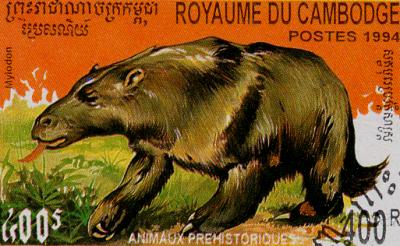 |
| map from China, purported to be from the early 15th century |
Professor Charles Aylmer, the librarian of the East Asian Collection at Cambridge University in England, informed me of a unique book, I Yü Thu Chih – 'The Illustrated Record of Strange Countries' – a compilation of the people and places known to the Chinese in 1430. The book's cover page is missing so the author is not known for certain, but it is believed to have been written by the Ming prince Ning Xian Wang (Zhu Quan) and printed within a year or so of 1430. It formed part of the magnificent collection donated to the University of Cambridge in the late nineteenth century by Professor Wade, who had spent most of his life in China and was the first professor of Chinese at Cambridge. The Cambridge copy is the only one in existence, anywhere in the world. It has never been translated and only one photocopy has ever been taken, by the Chinese Embassy in London. Professor Aylmer and other learned sinologists are absolutely convinced of the provenance and authenticity of the book.
I hurried to Cambridge. Although the book itself is in very poor shape, Professor Aylmer had arranged for it to be photographed onto a microfiche which showed all ninety-eight pages with remarkable clarity. There are some eight thousand characters in medieval Chinese and 132 illustrations drawn by different artists. Some are quite brilliant, catching the atmosphere with a few strokes of the brush. There are plants, animals and people from practically every continent in the world. It is a most concise and powerful illustration of Chinese knowledge of the world and its creatures in 1430 – hence the title of the book. The Chinese incorporated only what they found strange, and there are therefore very few scenes of China itself. Instead, the illustrations showcase all the principal religions on earth . . . most vivid of all are the animals: a well-fed zebra with its fat, rounded belly; African elephants and lions; Indian peacocks and tigers, all drawn with masterful economy of line. There are pictures of the deer of south-east Asia and the steppe, and the hunters who pursued them with their different weapons – the double-ended bow of the Mongols and the western Asian longbow. There are also drawings of creatures unique to the Americas: llamas, an armadillo plodding across the ground in search of ants, a jaguar with its slack belly, men chewing coca, the naked men of Patagonia, and the dog-headed mylodon, 'which is found two years and nine months' journey west of China'.
 |
| Mylodon, an extinct genus of giant ground sloth |


No comments:
Post a Comment